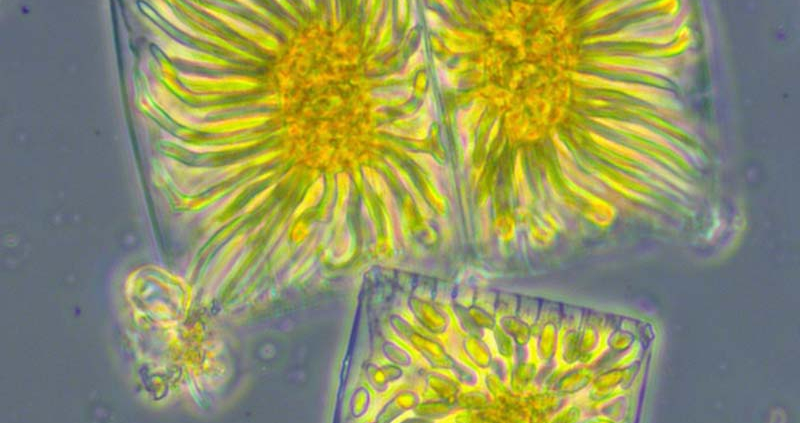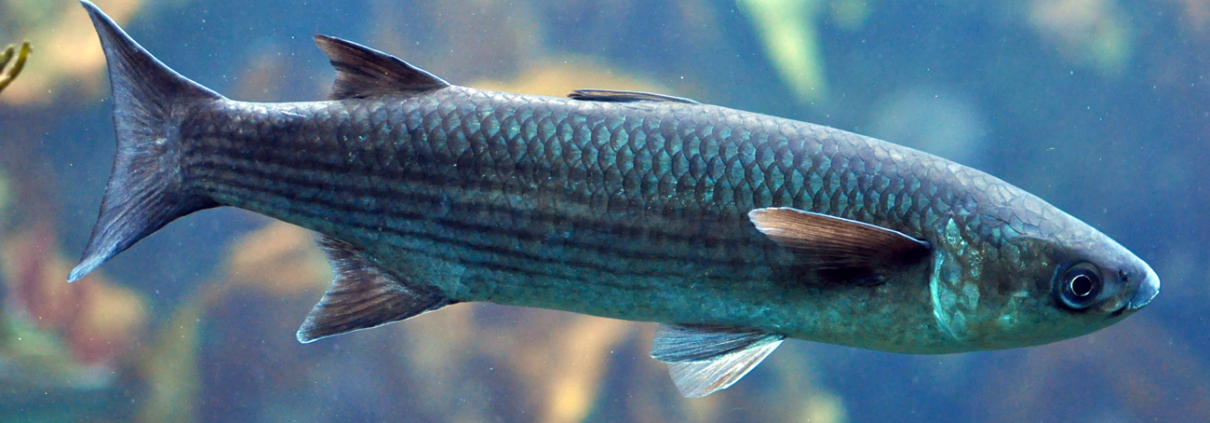New insights into trophic ecology
Understanding how ecosystems function depends on our ability to identify the pathways by which energy and matter move through communities. This description is complicated in the marine environment by (1) the microscopic nature of the sources ingested by many organisms, (2) the spatial and temporal variability of the diet of organisms, (3) the high mobility of many species, which have the ability to find food in many different habitats, and (4) the highly opportunistic nature of many species from a dietary perspective. Understanding trophic relationships within ecosystems thus requires our ability to study these relationships empirically in the natural environment, to describe the forcing variables via experimentation, and to understand the consequences, from the organism to the ecosystem, via modelling approaches. In this context, LEMAR has undergone strong development over the past few years with the recruitment of researchers, teacher-researchers, engineers and technicians, and the development of analytical platforms giving it an unrivalled capacity in France in the field of isotope and lipid analysis applied to the marine environment, as well as in the field of bioenergetic and ecosystem modelling. These approaches are now used in all marine environments, coastal and offshore, polar, temperate and tropical, on numerous biological models and habitats, and will continue to develop over the next few years; they will provide new perspectives for understanding the functioning of marine ecosystems and organisms.

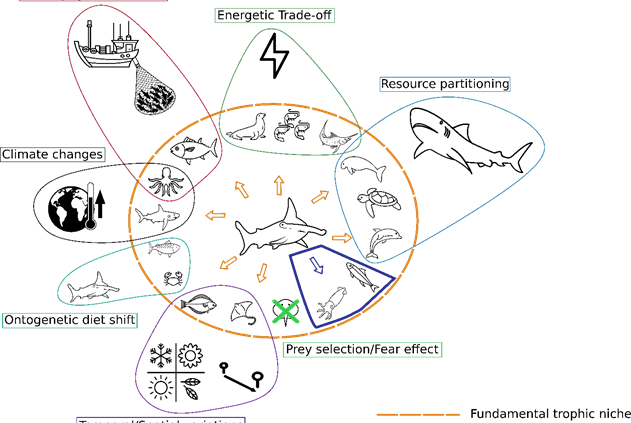
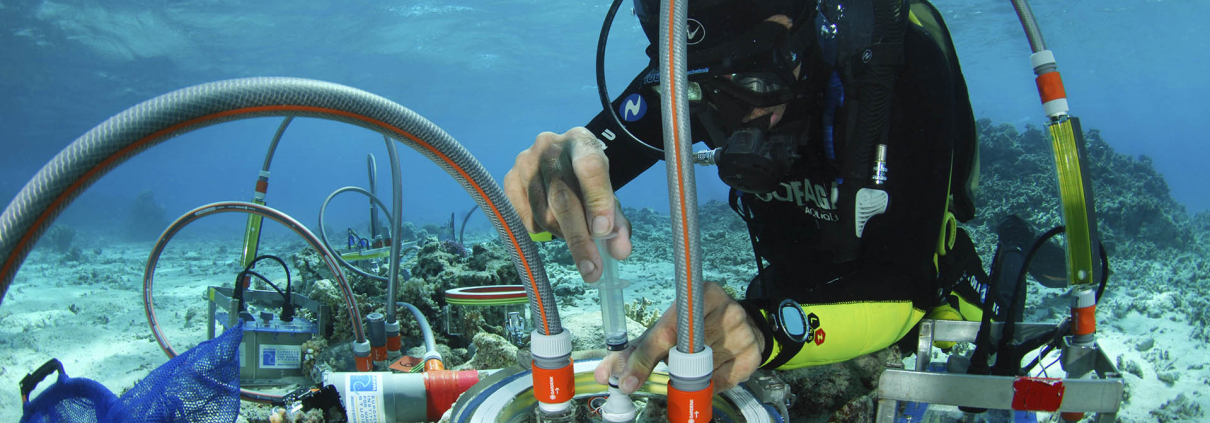
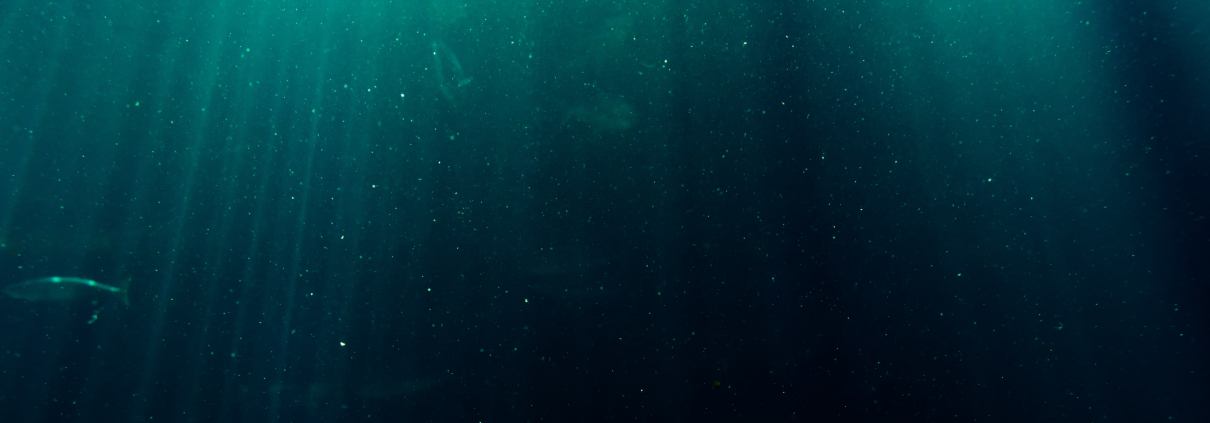 Source: https://www.pexels.com/
Source: https://www.pexels.com/